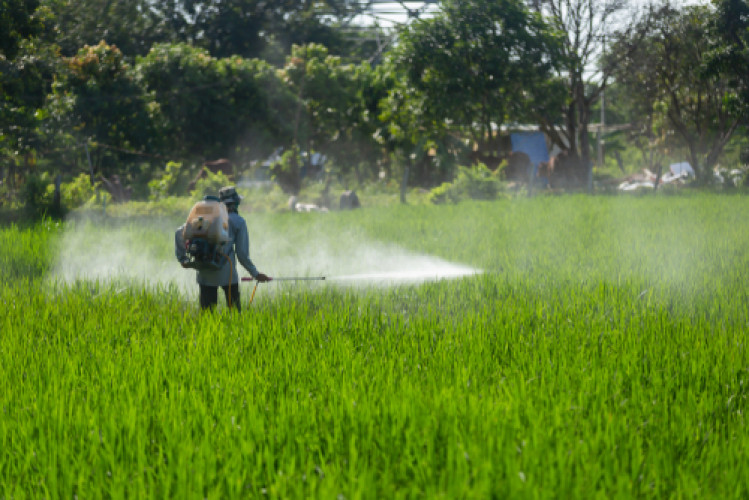News
27.07.2020 - Foods

Introductionoflimitvaluesforchlorateinfood
Chlorate and perchlorate can enter food through cleaning and disinfecting agents. Unlike chlorate, perchlorate is also used in fertilizers and industrial chemicals. In the human body, chlorate and perchlorate inhibit the absorption of iodine and lead to changes in thyroid hormone levels.
Since 2015, there have been EU-wide transitional values for perchlorate set by StAluT.
As of 28.06.2020, the new Regulation (EU) No 2020/749 sets limits for chlorate in food based on the pesticide regulation (VO (EG) No 396/2005). It lists various limits for food (see table).
|
Product category |
Limit [mg/kg] |
|
Citrus fruits |
0.05 |
|
Nuts (almond, hazelnut,...) |
0.1 |
|
Pome fruits (apple, pear,...) |
0.05 |
|
Stone fruits (cherry, peach,...) |
0.05 |
|
Berries and small fruits |
0.05 |
|
Table olives |
0.7 |
|
Potatoes |
0.05 |
|
Other root vegetables |
0.15 |
|
Sweet corn |
0.1 |
|
Broccoli |
0.4 |
|
Cauliflower |
0.06 |
|
Legumes |
0.35 |
|
Cereals |
0.05 |
In our Tentamus laboratories, we regularly conduct tests for chlorate and perchlorate. We provide you with fast and reliable results.
For questions, our customer consultants are available to help you.
Source:
BfR: www.bfr.bund.de, www.bfr.bund.de
eur-lex.europa.eu
